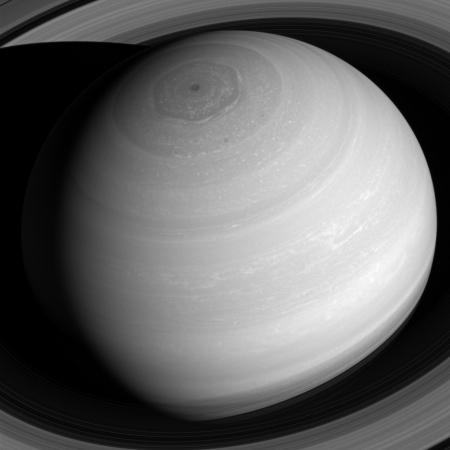During the thread of comments on Behind the Black in response to the recent story about how modern college students ignorantly think that slavery was invented in America, the subject of the origins of slavery in America came up.
This subject happened to be the entire focus of the thesis for my master of arts degree at New York University in 1995. The research I did produced a 338 page thesis, far larger than what professors usually see, and containing a gigantic amount of original research about the specific individuals who ran the Virginia colony during its first seventy years. The abstract sums up my conclusions somewhat succinctly:
Throughout Virginia’s first hundred years, moral issues and the establishment of community always took a subordinate place to the acquisition of wealth and profit. Unlike the religious colonies in New England, Pennsylvania, and Maryland, Virginia had been founded for purely financial reasons. In the pursuit of that financial gain, the leadership of the colony, formed from British Royalist refugees from the English Civil War as well as an uneducated Virginia-bred elite, took advantage of their position of power to create a system of institutionalized racism.
British political ideas, specifically the Royalist positions from the English Civil War, directly influenced the institutionalization of this race-based slave system. These ideas included a strong belief in birthright and caste combined with deference to leaders and an expectation that all social customs, including religious belief, should be dictated by the aristocracy wielding power. According to Royalist doctrine, the common folk of society should have no say in how society should be ruled.
These ideas became corrupted into outright racism by the unnatural and incomplete nature of Virginian society. Family life was generally disrupted by disease, with at least one in nine immigrants dying within a year of arrival. This disruption was magnified by the colony’s unbalanced sex ratio due to immigrant patterns that had three men arriving for every woman. And because the colony’s economy was so completely centered on the growth of a single money crop (tobacco), settlement patterns were widely dispersed. Virginia’s settlers lived isolated on scattered large farms, lacking towns or villages of any kind.
Furthermore, Royalist ideas of rule from above and birthright became distorted because Virginia lacked religious institutions as well as schools for providing moral instruction to the colony’s children. The focus on profit meant that the establishment of functioning churches or schools never took priority within the colony. And when dissenting religious practitioners attempted to preach within the colony, Virginia’s leadership outlawed such dissent under the Royalist doctrine of church government and rule from above.
The colony’s leaders, more and more of whom had been raised in this unhealthy and incomplete society, increasingly perverted Royalist doctrines for their own personal benefit. By the 1660s, these leaders had no reluctance about passing laws to enslave the few blacks in the colony, especially if such laws directly increased their wealth, power, and status.
Essentially, Virginia’s isolated culture of broken homes and poor education, based initially on Royalist concepts of caste and rule-from-above, were slowly corrupted as the colony’s population evolved through several generations from its founding in 1608 to the 1670s. This, combined with the corruption of the practice of indentured servitude (which in England was generally used as a tool to educate the young but in Virginia became a tool by which wealthy landowners could get seven years of free labor from poor immigrants) resulted in an acceptance by the culture of the idea that some humans had the right to own other humans. From this, it was an easy step to enslaving blacks, so that by the Revolutionary War, half the population of Virginia were black slaves.
Meanwhile, the northern colonies, mostly founded by the Pilgrims, Puritans, and Quakers, followed a very different path, focused on family, education, religion, and a rule-from-below approach to government. This different path remained much more closely connected to its British roots, which abhorred slavery. Thus, though some tried to introduce slavery into the northern colonies, the practice never took hold, and by the 1700s had just about completely disappeared. In fact, slavery was not only rejected in the north, it was here, in the Quaker communities in Pennsylvania, that the abolitionist movement was first born, an idea that was entirely new to human history.
In digging out my thesis to upload this post, I rediscovered it, and have decided that it needs to be published. Right now it is only gathering dust in the thesis archives of New York University, where no one can read it. I am going to put it together as an ebook, and have it out for purchase, hopefully by the end of the year.






